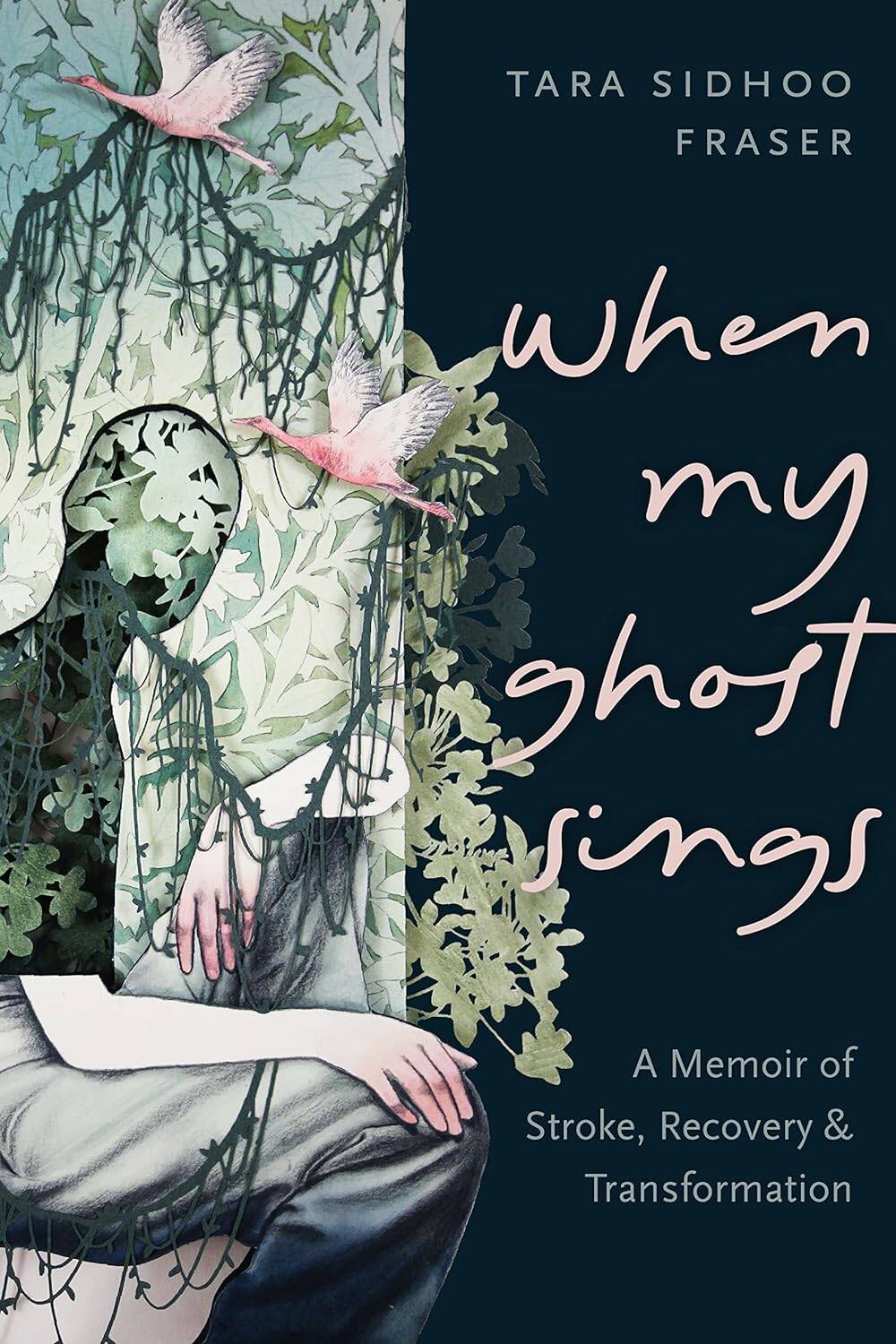Stroke puts author on challenging new path
Advertisement
Read this article for free:
or
Already have an account? Log in here »
To continue reading, please subscribe:
Monthly Digital Subscription
$1 per week for 24 weeks*
- Enjoy unlimited reading on winnipegfreepress.com
- Read the E-Edition, our digital replica newspaper
- Access News Break, our award-winning app
- Play interactive puzzles
*Billed as $4.00 plus GST every four weeks. After 24 weeks, price increases to the regular rate of $19.00 plus GST every four weeks. Offer available to new and qualified returning subscribers only. Cancel any time.
Monthly Digital Subscription
$4.75/week*
- Enjoy unlimited reading on winnipegfreepress.com
- Read the E-Edition, our digital replica newspaper
- Access News Break, our award-winning app
- Play interactive puzzles
*Billed as $19 plus GST every four weeks. Cancel any time.
To continue reading, please subscribe:
Add Free Press access to your Brandon Sun subscription for only an additional
$1 for the first 4 weeks*
*Your next subscription payment will increase by $1.00 and you will be charged $16.99 plus GST for four weeks. After four weeks, your payment will increase to $23.99 plus GST every four weeks.
Read unlimited articles for free today:
or
Already have an account? Log in here »
Hey there, time traveller!
This article was published 07/10/2023 (731 days ago), so information in it may no longer be current.
Strokes happen when a blood clot or bleeding in a blood vessel results in a blockage of blood flow in or to a part of the brain. The consequences of a stroke can take many damaging forms. Paralysis or restricted use of the right or left side of the body are the most familiar results. The inability to move at all, to speak, to read, or to remember can be more devastating. Full recovery is not guaranteed.
As she explains in the short but lucid introduction of When My Ghost Sings: A Memoir of Stroke, Recovery & Transformation, in November 2014 (at age 32) Tara Sidhoo Fraser suffered a stroke as the result of a “rare mutation called an arteriovenous malformation (AVM)” near her brain stem. She awoke from an hours-long embolization procedure (whereby some blood vessels in her brain were glued shut) with total memory loss and weakness on her right side. Her new book is a chronicle of the steps in her recovery.
The ghost of the title is that tenaciously active remnant of her pre-stroke self that remains trapped inside her body. It makes itself known in various ways. “There is a thinly veiled memory of Meredith that Ghost has carved into my right thumbnail,” Sidhoo Fraser writes. It’s somewhat similar to what’s often called “muscle memory” or what springs to mind when a scar or old bruise is bumped.

Ghost is also an imp that insists on hammering, punching, pinching, kicking and clawing her from inside, as well as wailing and singing to remind Sidhoo Fraser of her previous life: “Ghost would grow bored and begin clawing at my esophagus and pushing her legs against my rib cage.” Ghost is a beguiling metaphor, but not always a tidy or entirely successful one.
After her stroke Sidhoo Fraser begins a loving relationship with Jude, a non-binary person who lives across the border in Seattle and whom she hopes to marry. She also maintains a connection with “the boy” whom she lived with in Vancouver before her stroke; he stayed with her during her time in hospital, and she depended on him during her initial recovery. A somewhat jealous Jude is not comfortable with this arrangement.
Because she has no memory of her previous life, however, Sidhoo Fraser needs “the boy” (and occasionally her mother) to fill in details of her past. “The boy” confirms some of the faint memories that bubble up, or corrects her when she’s wrong. Conflict arises because a complete new life must somehow reconcile the person who she was with the person she now is.
When My Ghost Sings doesn’t proceed chronologically. Its 37 chapters skip back and forth from present to past to her stay in hospital — when everything went blank and changed entirely. In doing so, the narrative conveys the important moments in Sidhoo Fraser’s life as well as a sense of the fragmentary, confusing, uncertain nature of her present reality.
When My Ghost Sings was written, according to Sidhoo Fraser, “as part of my healing process, as well as a farewell letter to the woman I was before my stroke.” While the book is a testament to this, the ending is more ambiguous and leaves a sense that a full recovery is, if not impossible, at least achieved only after a long process.
At under 200 pages, When My Ghost Sings is a brief, candid, gentle and modest book about amnesia, disability and queerness. It’ll be best appreciated by those interested in illness/recovery memoirs or LGBTTQ+ and women’s stories.
Gene Walz suffered a stroke in 2020; he has mostly recovered.


